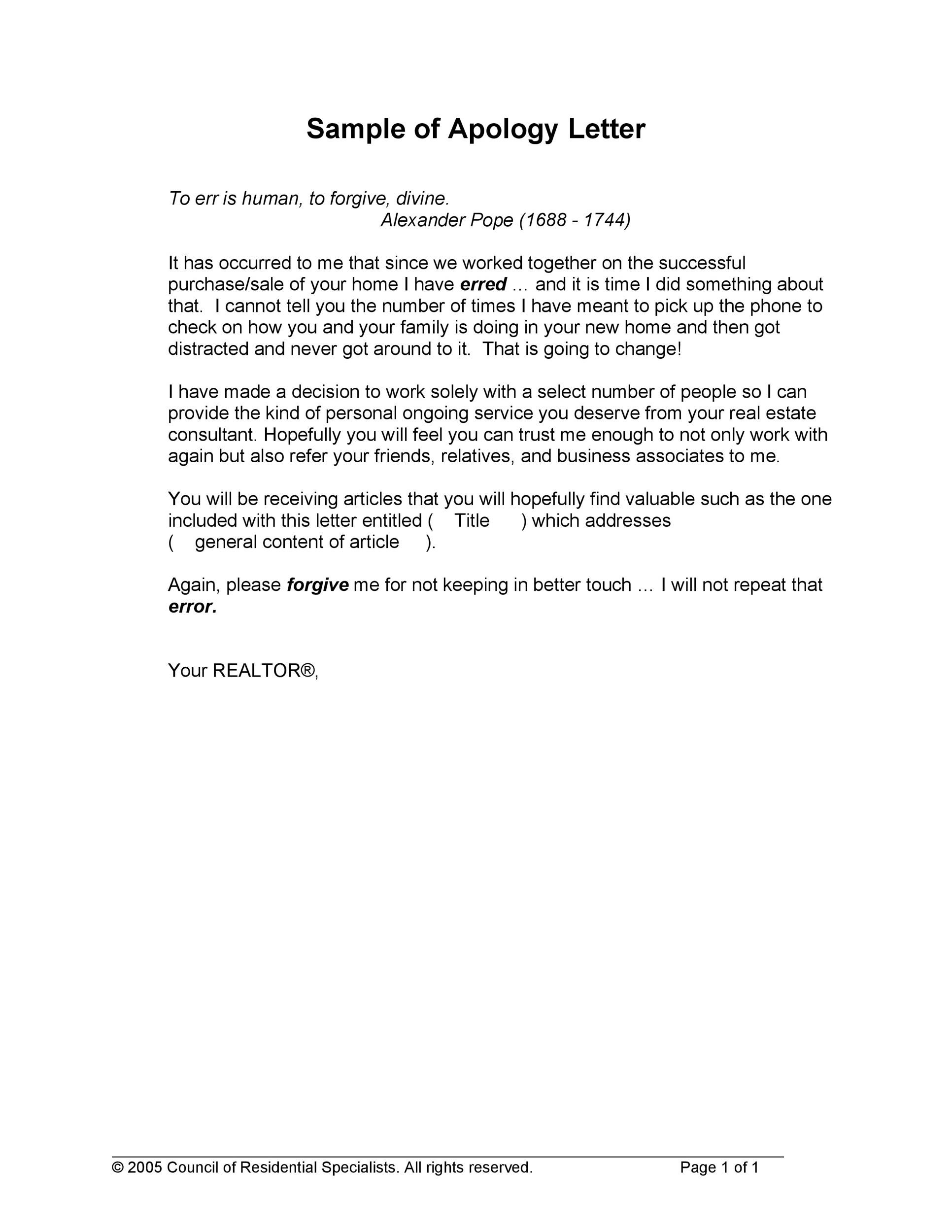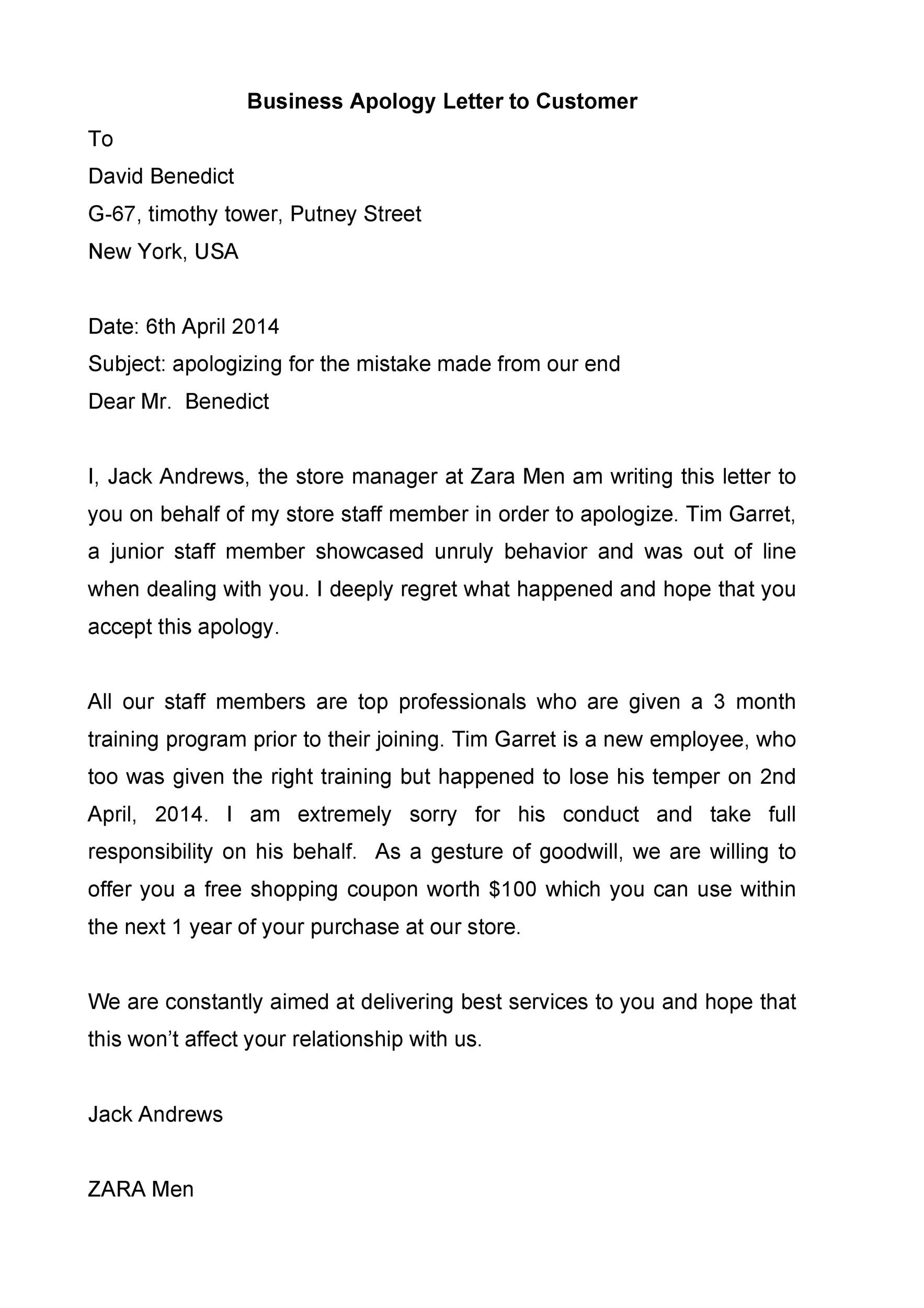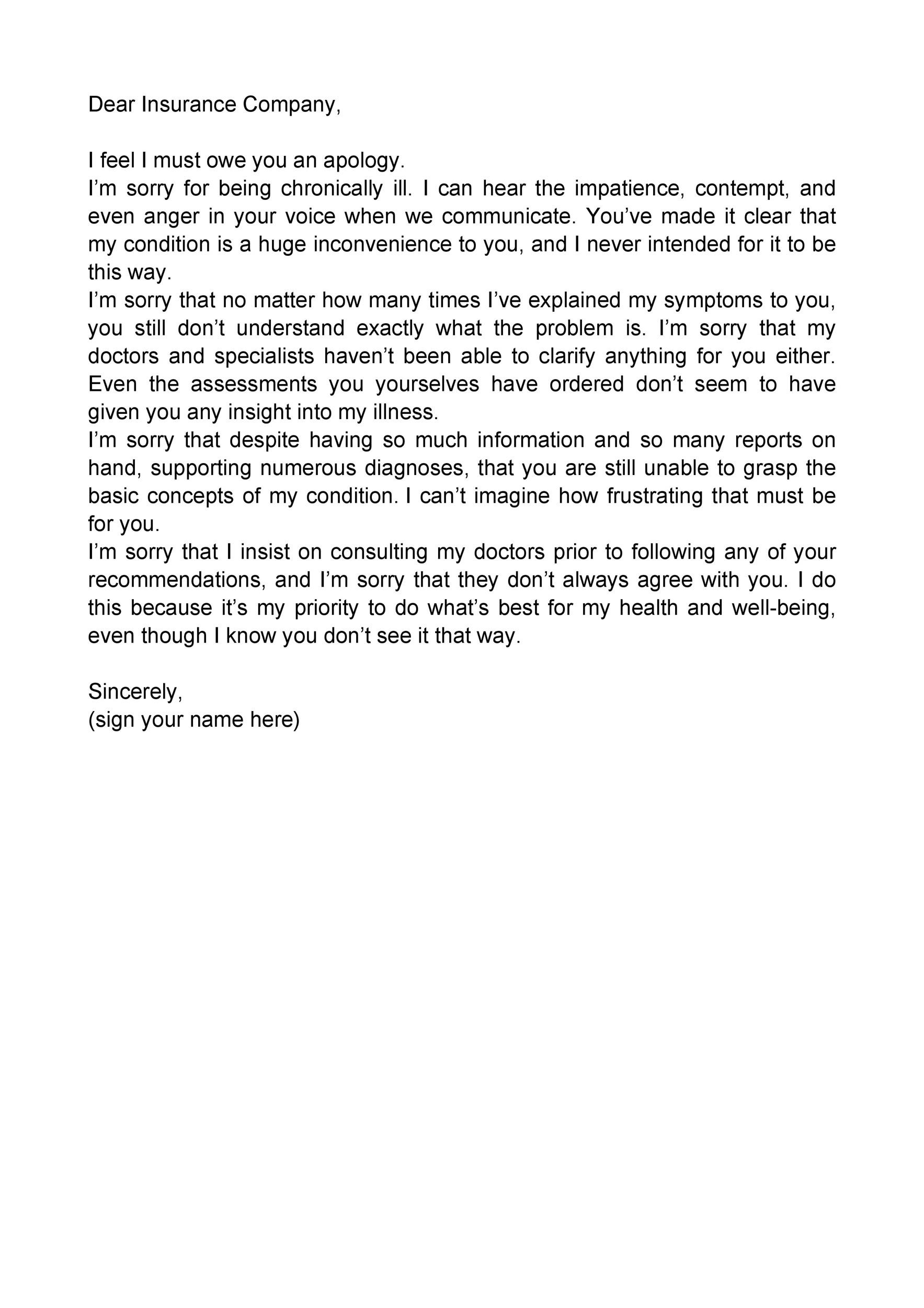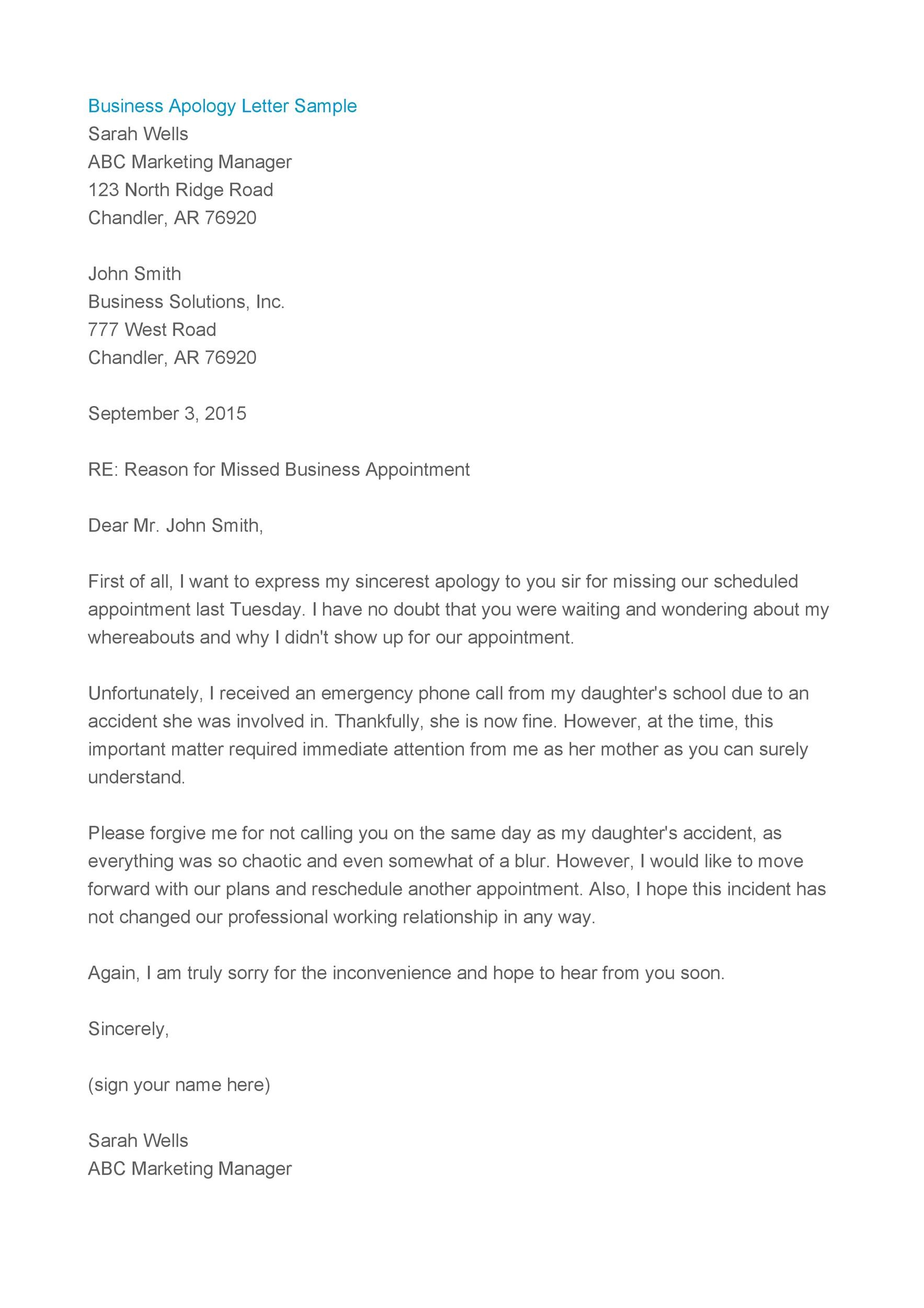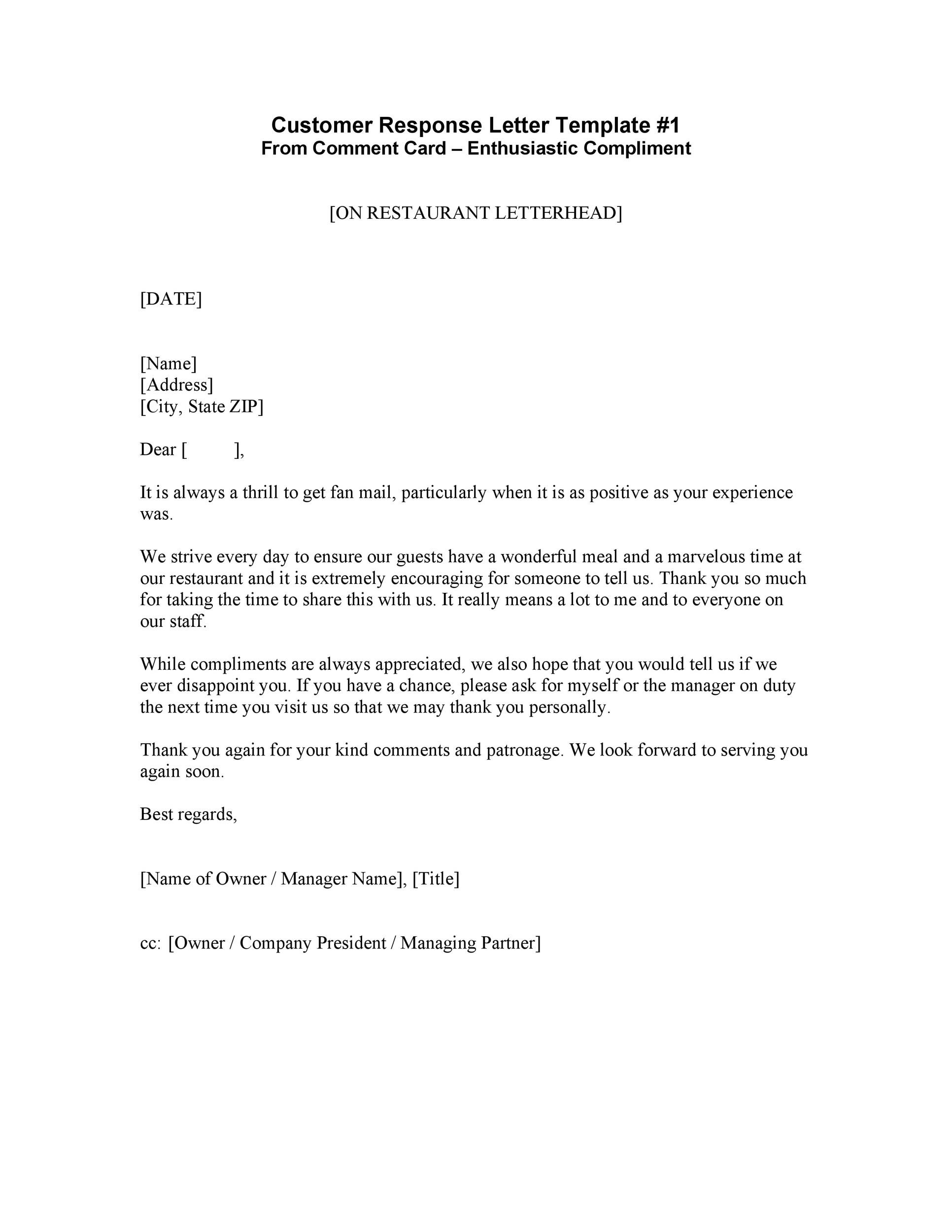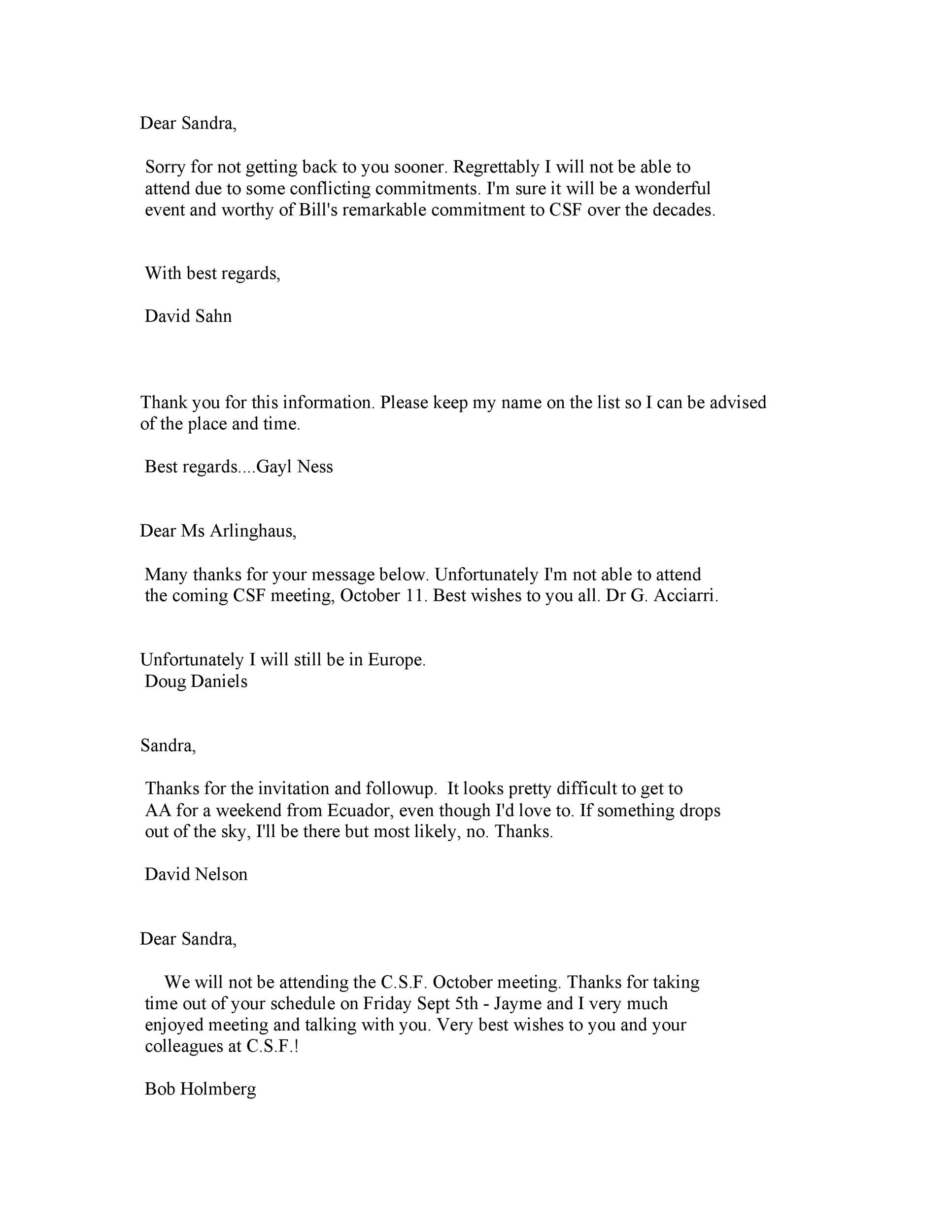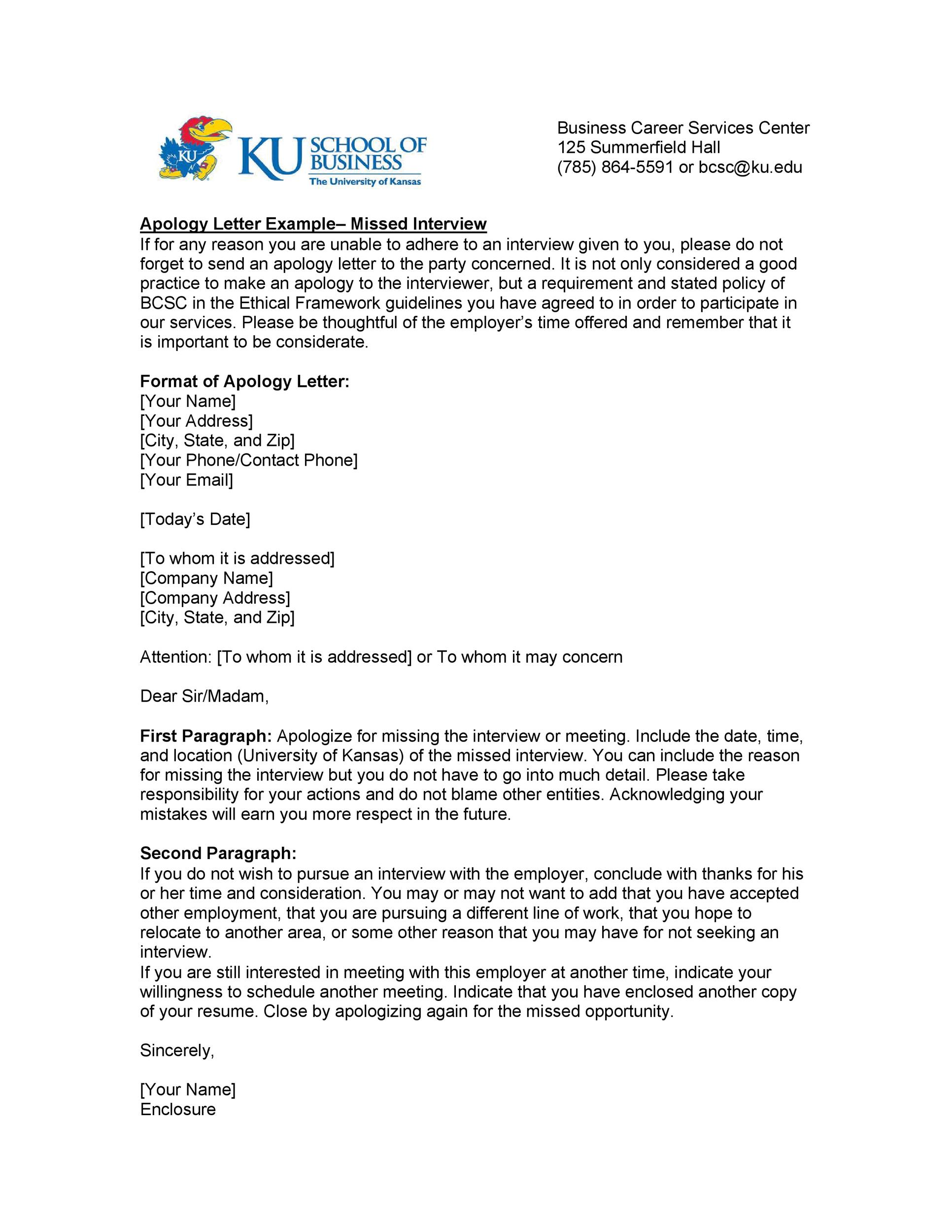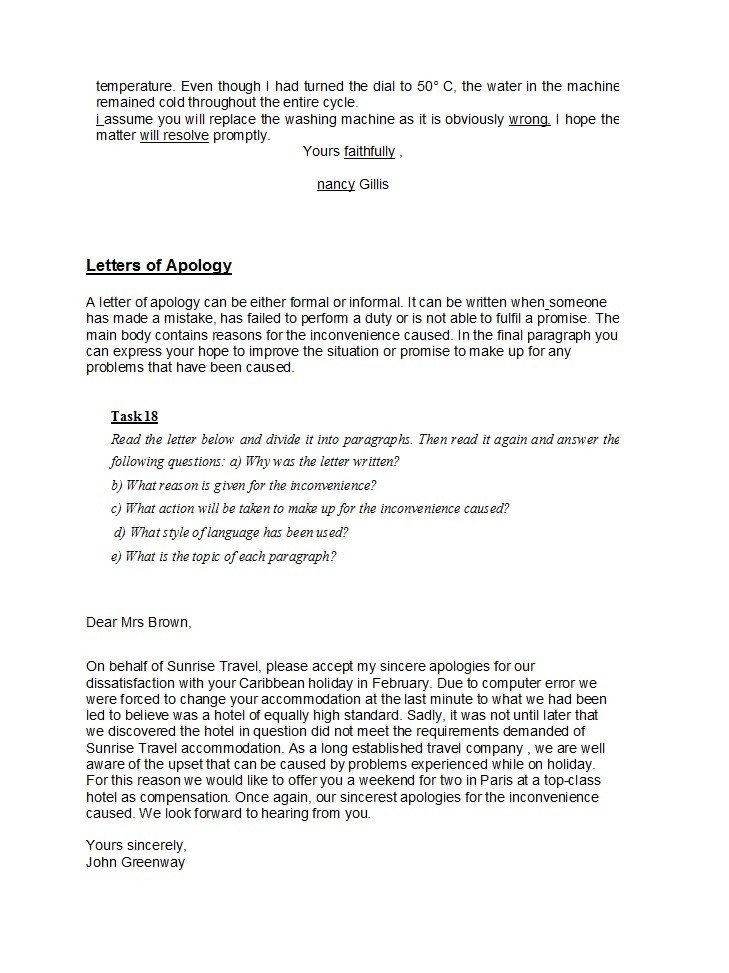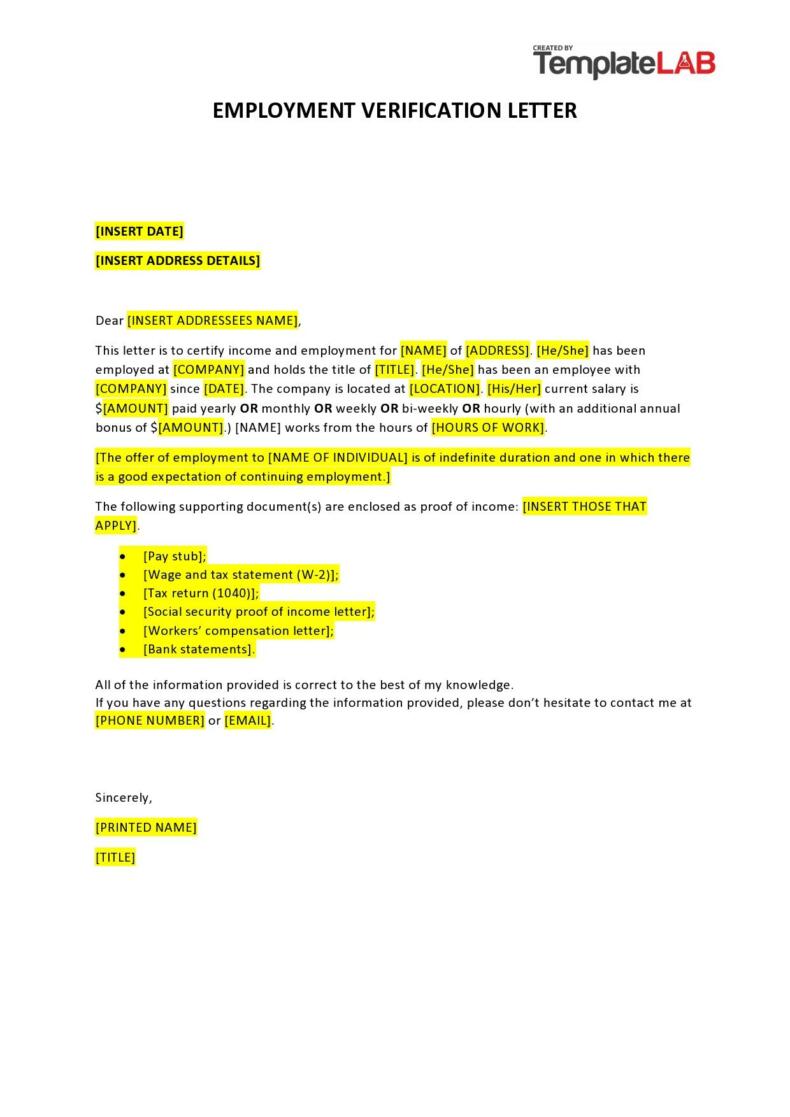An apology letter is a very useful tool for different purposes. You can use it to state your apology apart from doing so personally. People would write a letter of apology or a formal apology letter to show their sincerity. You can use this letter for different kinds of transactions or situations. For some people, writing this letter is a challenge. If you’re one of these people, this article can guide you so you can compose a wonderfully worded document as an apologetic gesture.
Table of Contents
Apology Letters
Why is it so challenging to write an apology letter?
The art of apologizing is one which makes a lot of us uncomfortable. One of the main reasons why it’s so challenging for a lot of people to write an apology letter is that they don’t like to admit their mistakes because doing this may have a negative reflection of their character.
However, refusing to apologize or giving an insincere apology is even worse! Here are more reasons why composing a sorry letter seems like such a difficult task:
- we have an assumption that if we make mistakes, this means that we’re bad people
- we feel ashamed of what we have done, so we refuse to admit to the wrongdoing
- we become defensive when we feel ashamed
- we worry that apologizing means that we take full responsibility for what happened which might mean that people will accuse us of things we haven’t done
But when we write an apology letter to customers or to other people we have wronged, then we can send a better message. Writing the letter means that you can keep editing and polishing the content until it states everything you want to say.
Business Apology Letters
Reasons for writing an apology letter
Writing a formal apology letter means that you need to consider what exactly to put into it. For instance, if you’re writing an apology letter to customers or a business apology letter, you would have to use a more formal tone and format. If you’ve done something wrong, accept the responsibility and act professionally.
At the same time, you should also make the recipient of your letter feel that your apology is completely sincere and from the heart. There are different reasons why one would compose a formal sorry letter such as:
- a manufacturing company apologizing to a customer for a product that’s either damaged or defective
- a business apologizing to a client for sending an incomplete package
- a business apologizing to a client for mistakes in invoices, billing, job orders or quotations
- an individual apologizing to a business for making late payments
- a student apologizing to a teacher for missing a deadline
- a merchant apologizing to a customer because of delayed shipping of ordered products
- an individual involved in a partnership apologizing because he violated the terms or conditions of the partnership agreement
- a business apologizing to a client for recording inaccurate information which resulted in erroneous transactions
- a company apologizing to a customer for poor customer service
- a client or an applicant apologizing for missing an interview or a scheduled appointment, especially if he didn’t call in advance to cancel
These are the most common reasons for writing such a letter. There are other reasons too both professional and personal in nature. The bottom line is, you would write a letter of apology as a gesture to the person or group you have wronged.
Main types of apology letters
Before you start writing your apology letter, keep in mind that there are different types you can use. No matter which type you choose, make sure to keep the letter short and straight to the point. You don’t have to recall everything that happened from the beginning. Composing a lengthy letter might cause the recipient not to read it all the way to the end.
Here are the basic types of letters of apology you may write:
- Personal
There are times when you have done something wrong to a friend or a member of your family. In such a case, you would compose a sorry letter that’s personal in nature. You don’t have to make any excuses in the letter. Write down your apology and show the person that you’re sincere and you want to improve yourself. - Corporate or business
This is a formal apology letter which can come from different entities including:
companies
employees
business owners - Third-party
Typically, a supervisor or a manager would write this type of letter. Do this in cases where one of your subordinates made a mistake, and you have to apologize to the client on his behalf. When writing the letter, take responsibility for the mistake instead of blaming your subordinate in writing. - Mass or group
Although you may cringe at the very thought of having to apologize to a whole mass or group of people, this sometimes happens. In such a letter, use general language to address the members of the group instead of referring to a single person only. - Other types
There are other types of apology letters you may write too. These would depend on the letter’s purpose. Write a letter for:
cheating
misbehavior
missed meetings or interviews
customer complaints
food complaints
business errors
What to include in your apology letter?
For a lot of people sorry is the hardest word to utter. But when you put it in writing, apologizing may become a bit easier. When composing the letter, you want to make a good impression. Let’s take a look at the basic information to include in a letter when you’re trying to apologize:
- Say that you’re sorry.
- Own up to the mistake you’ve made. You should show the person that you’re taking full responsibilities for your actions.
- Make a short description of what happened. Explain that you understand what transpired and that you have caused the person pain. Focus on what you had done instead of blaming other people or circumstances.
- Come up with a plan and let the person know that you want to correct your mistakes.
- Admit that what you did wasn’t right. Doing this makes you the bigger person instead of rambling on and making excuses.
- Ask the person’s forgiveness. Showing a bit of vulnerability will go a long way in proving your sincerity.
Sorry Letters
Tips for writing an apology letter
Now that you know what to include in your written apology, it’s time to start composing the letter. Hard as it may be, this letter may help save your personal or professional relationship. If you want to learn how to write a great apology letter, here are some tips to guide you:
- Start the letter by establishing its purpose first. This is a common step when composing formal letters. Indicate the reason for the letter at the beginning to inform the recipient of what to expect after reading the whole document.
- Create a short paragraph about the wrong you’ve done and any other things you’re sorry about. This is an important step since the recipient should hear the mistake directly from you. Also, this sets the mood of the letter and would help the recipient understand the letter better.
- The next thing to do is write a brief explanation of the mistake. Write down the facts about the incident and state the reason why it happened in the first place. List the facts chronologically without having to add too many details, especially if they’re not relevant.
- Own up to any wrong thing you may have done during the incident. Let the recipient know that you’re aware and you understand that you’ve disappointed or hurt him. This step will help you reconnect with the recipient and show that you want to mend things between you.
- If you can, suggest a solution to the issue. Providing suggestions would be very helpful, especially if you know for a fact that you’re the reason for the problem. This is very important in business transactions and if you’re apologizing to a client.
- Don’t end your letter with a simple apology. Especially in the case of business apology letters, add a statement about how you would like to have a continuing professional relationship with the letter’s recipient. Apologize for the mistake but also state that you want to provide better service in the future.
- When stating your reason for apologizing, be very specific. Don’t mislead the recipient or cause any confusion by adding unnecessary details or facts.
- End the letter by accepting the responsibility for your mistakes in the incident which had happened. It would be very helpful if you avoid making excuses no matter how valid you think they may be. Disappointed or offended people would accept your apology better if you stay humble and avoid blaming others for what you have done.
- Don’t make any promises in your letter. You might not be able to fulfill those promises, and you might have to write another letter of apology. This time though, the recipient may not believe you anymore.
- Finally, choose your words carefully from start to finish. Make sure you sound sincere and professional, so the recipient will forgive you for what had happened.





